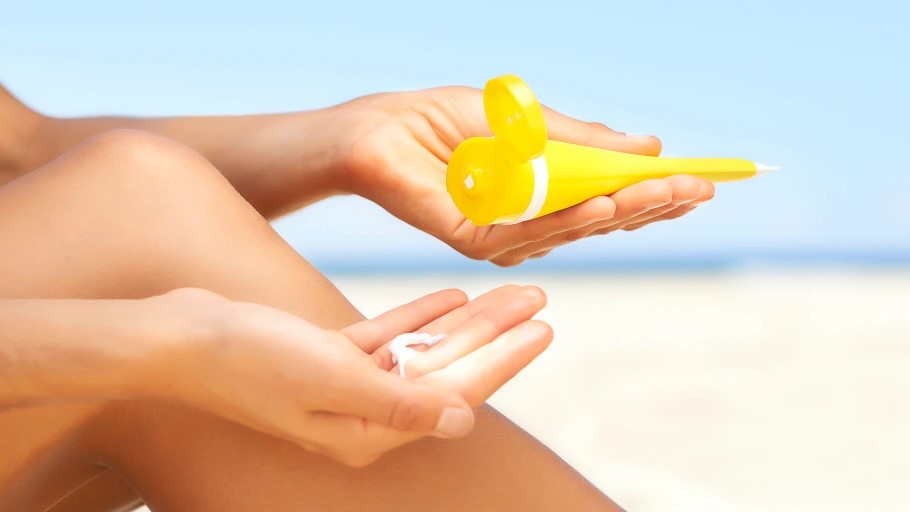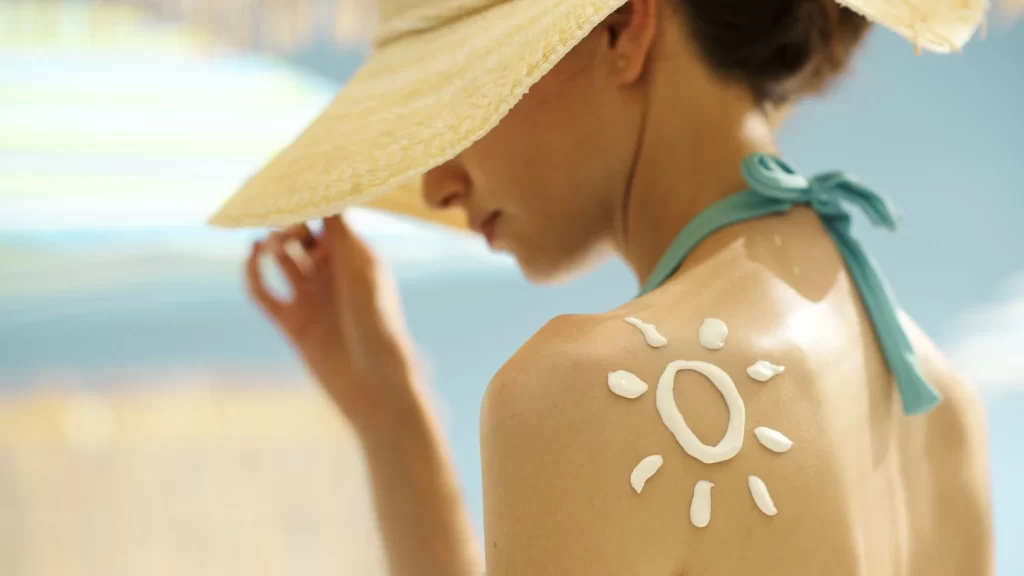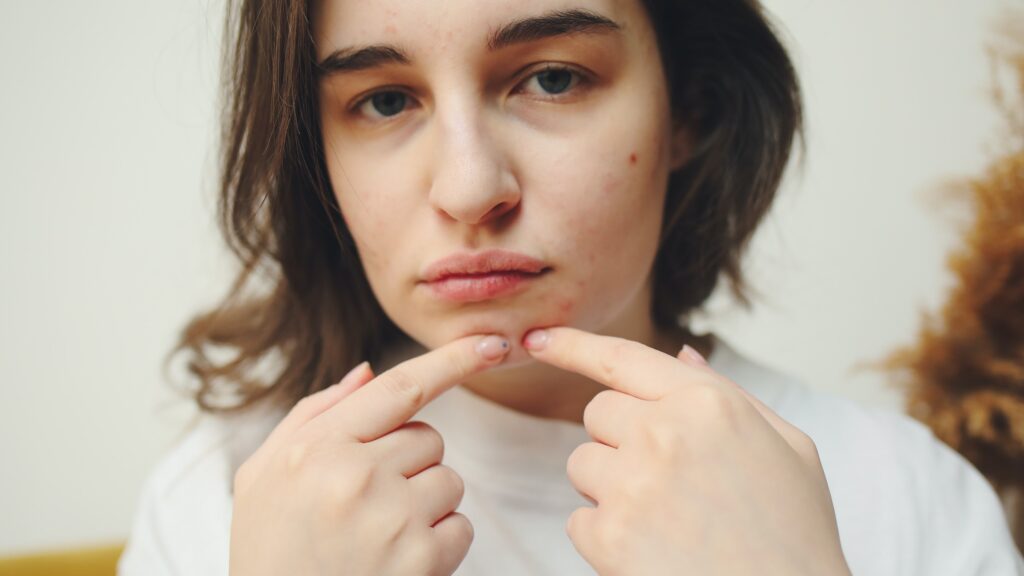
As summer approaches and we eagerly head outdoors to enjoy the sun’s warmth, it’s crucial to protect our skin from harmful UV rays. One of the most well-known methods of sun protection is SPF, but what exactly is SPF, and how does it work? In this blog, we will demystify SPF and shed light on its role in safeguarding our skin from the sun’s damaging effects.
What is SPF?
SPF stands for “Sun Protection Factor.” It is a measure of how effectively a sunscreen can protect your skin from the sun’s ultraviolet B (UVB) rays, which are primarily responsible for causing sunburn. Sunscreens with higher SPF values are designed to provide greater protection against UVB rays.
How Does SPF Work?
The effectiveness of SPF is determined by the amount of time it takes for your skin to start turning red (burn) when exposed to the sun compared to when your skin is unprotected. Let’s say your skin would typically burn after 10 minutes of sun exposure without sunscreen. If you apply an SPF 30 sunscreen, it theoretically extends the time it takes for your skin to burn by 30 times. Therefore, it should provide protection for approximately 300 minutes (10 minutes x 30 SPF).
However, it’s essential to note that this calculation assumes a thick and even application of sunscreen, which is often not achieved in real-world scenarios. Additionally, the actual level of protection can vary depending on individual factors like skin type, amount of sunscreen applied, sweating, and swimming.
Different SPF Levels and Their Protection:
– SPF 15: Provides moderate protection by blocking approximately 93% of UVB rays. It is suitable for everyday activities with minimal sun exposure.
– SPF 30: Blocks around 97% of UVB rays, offering better protection for longer outdoor activities.
– SPF 50:Offers about 98% protection from UVB rays and is ideal for prolonged sun exposure, especially for fair-skinned individuals or those prone to sunburn.
– SPF 50+: Provides the highest protection and is recommended for extremely fair or sensitive skin or during intense sun exposure.
Understanding UVA and Broad Spectrum Protection:
While SPF indicates protection against UVB rays, it’s essential to guard against UVA rays as well. UVA rays penetrate deeper into the skin and contribute to premature aging and long-term skin damage. Look for sunscreens labeled as “Broad Spectrum,” which means they protect against both UVA and UVB rays.
Choosing the Right Sunscreen:
When selecting sunscreen, consider your skin type, activity level, and the environment you’ll be in. If you have sensitive skin or are prone to breakouts, choose a non-comedogenic and fragrance-free sunscreen. For outdoor activities or water sports, opt for water-resistant formulas that require less frequent reapplication.
Proper Sunscreen Application and Reapplication:
To maximize sunscreen effectiveness, follow these guidelines:
– Apply a generous amount of sunscreen (about a shot glass full) to all exposed areas of your body, 15-30 minutes before sun exposure.
– Reapply sunscreen every two hours or immediately after swimming or excessive sweating.
– Don’t forget to cover often-missed areas like the ears, back of the neck, and the tops of your feet.
Conclusion:
SPF is a valuable tool in protecting our skin from the harmful effects of the sun’s UV rays. By understanding SPF and its proper application, we can enjoy the outdoors safely and maintain healthier skin in the long run. However, sunscreen alone is not enough; seek shade, wear protective clothing, and limit sun exposure during peak hours for comprehensive sun protection. Prioritize your skin’s health, and let SPF be your trusted ally in enjoying the great outdoors without worries!
As summer approaches and we eagerly head outdoors to enjoy the sun’s warmth, it’s crucial to protect our skin from harmful UV rays. One of the most well-known methods of sun protection is SPF, but what exactly is SPF, and how does it work? In this blog, we will demystify SPF and shed light on its role in safeguarding our skin from the sun’s damaging effects.
What is SPF?
SPF stands for “Sun Protection Factor.” It is a measure of how effectively a sunscreen can protect your skin from the sun’s ultraviolet B (UVB) rays, which are primarily responsible for causing sunburn. Sunscreens with higher SPF values are designed to provide greater protection against UVB rays.
How Does SPF Work?
The effectiveness of SPF is determined by the amount of time it takes for your skin to start turning red (burn) when exposed to the sun compared to when your skin is unprotected. Let’s say your skin would typically burn after 10 minutes of sun exposure without sunscreen. If you apply an SPF 30 sunscreen, it theoretically extends the time it takes for your skin to burn by 30 times. Therefore, it should provide protection for approximately 300 minutes (10 minutes x 30 SPF).
However, it’s essential to note that this calculation assumes a thick and even application of sunscreen, which is often not achieved in real-world scenarios. Additionally, the actual level of protection can vary depending on individual factors like skin type, amount of sunscreen applied, sweating, and swimming.
Different SPF Levels and Their Protection:
– SPF 15: Provides moderate protection by blocking approximately 93% of UVB rays. It is suitable for everyday activities with minimal sun exposure.
– SPF 30: Blocks around 97% of UVB rays, offering better protection for longer outdoor activities.
– SPF 50:Offers about 98% protection from UVB rays and is ideal for prolonged sun exposure, especially for fair-skinned individuals or those prone to sunburn.
– SPF 50+: Provides the highest protection and is recommended for extremely fair or sensitive skin or during intense sun exposure.
Understanding UVA and Broad Spectrum Protection:
While SPF indicates protection against UVB rays, it’s essential to guard against UVA rays as well. UVA rays penetrate deeper into the skin and contribute to premature aging and long-term skin damage. Look for sunscreens labeled as “Broad Spectrum,” which means they protect against both UVA and UVB rays.
Choosing the Right Sunscreen:
When selecting sunscreen, consider your skin type, activity level, and the environment you’ll be in. If you have sensitive skin or are prone to breakouts, choose a non-comedogenic and fragrance-free sunscreen. For outdoor activities or water sports, opt for water-resistant formulas that require less frequent reapplication.
Proper Sunscreen Application and Reapplication:
To maximize sunscreen effectiveness, follow these guidelines:
– Apply a generous amount of sunscreen (about a shot glass full) to all exposed areas of your body, 15-30 minutes before sun exposure.
– Reapply sunscreen every two hours or immediately after swimming or excessive sweating.
– Don’t forget to cover often-missed areas like the ears, back of the neck, and the tops of your feet.
Conclusion:
SPF is a valuable tool in protecting our skin from the harmful effects of the sun’s UV rays. By understanding SPF and its proper application, we can enjoy the outdoors safely and maintain healthier skin in the long run. However, sunscreen alone is not enough; seek shade, wear protective clothing, and limit sun exposure during peak hours for comprehensive sun protection. Prioritize your skin’s health, and let SPF be your trusted ally in enjoying the great outdoors without worries!


